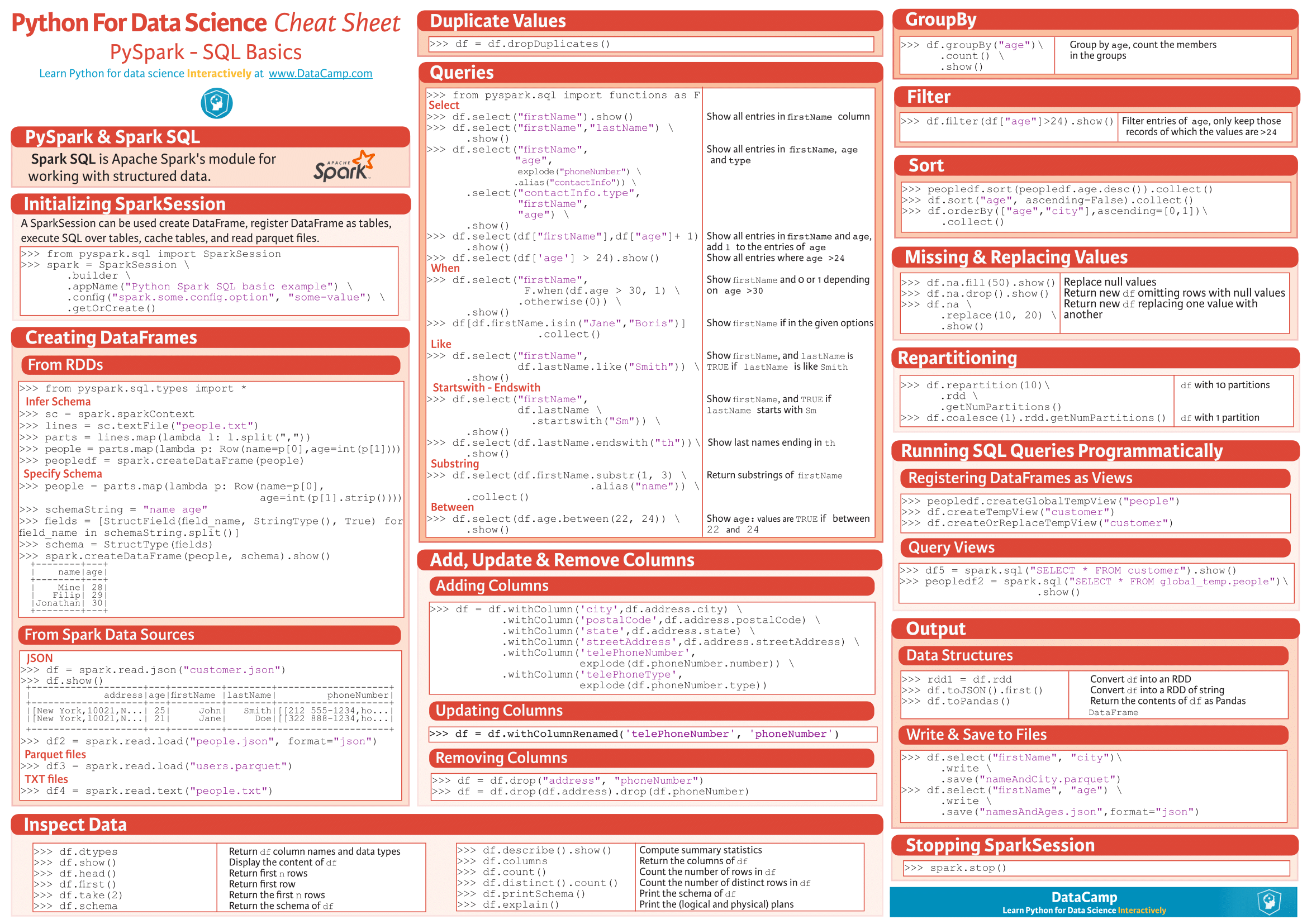Jupyter Cheat Sheet
Markdown for Jupyter notebooks cheatsheet. You can use Markdown to format documentation you add to Markdown cells in your Jupyter notebook. Here's how to format Markdown cells in Jupyter notebooks: Headings Use the number sign (#) followed by a blank space for notebook titles and section headings. Jupyter Notebook Keyboard Shortcuts by weidadeyue - Cheatography.com Created Date: 5718Z.
- Python Keyboard Shortcuts Pdf
- Jupyter Notebook Markdown Cheat Sheet
- Notebook Markdown
- Jupyter Notebook Cheat Sheet Windows
Executing Shell Commands. The notebook is the new shell. The shell is a way to interact textually. Jupyter Notebook Markdown Cheatsheet April 9, 2020 SqlBak mike Jupyter Notebook is a great tool for data analysis. And one of its greatest features is that you. Jupyter Notebooks are great for building various computer science applications and sharing your code with others. It can contain code, text, visualization all in the same place. That’s why the last cheat sheet on this list is a Jupyter Notebook cheat sheet. This cheat sheet will get you started and comfortable with working in Jupyter Notebook.
Python Keyboard Shortcuts Pdf
Jupyter Notebook is a great tool for data analysis. And one of its greatest features is that you can easily combine runnable code with rich-text annotations. Markdown cells that contain such annotations support both HTML and Markdown syntax.
Personally I prefer # Header (markdown syntax) to <h1>Header</h1> (HTML syntax) in my notebook’s cells as the former looks more human. So I use markdown syntax more often and a concise cheat sheet for Jupyter Notebook markdown is what I was missing for a long time. Yes, I’m aware of such comprehensive cheat sheets like this and this, they are great but too verbal and it’s hard to print them on one page to have it easily accessible.
Eventually, I decided to gather all crucial points of the markdown syntax that are actual for Jupyter notebook and combine them in a concise cheat sheet that I present to you. It doesn’t explain much but should be useful if you simply forgot something. Click the picture to download the PDF version.





I didn’t get into the details of LaTeX syntax (see the penultimate cell in the cheat sheet with the square root of k) since it’s well described here (get ready, it’s a very long document) and you can even download a pretty good cheat sheet here.
Jupyter Notebook Markdown Cheat Sheet
A complete overview of the current JupyterLab keyboard shortcuts:
(click on the picture to view it in full size or download the PDF below)
Notes: The key combinations generally have to be be pressed simultaneously, but a - between one or more keys means that it is a sequence (press them one after another). The Accelerator key is usually mapped to Ctrl.
It is generated directly from the config file, so all combinations are included. Since JupyterLab is still under development some could not yet work. I only changed the order a bit, put related groups close to each other and to make it fit better on the page.You can also download it as PDF here.
The generator is implemented in Node.js, it is also on my Github as jupyter-shortcuts. You can simply clone it, run yarn install and then start it with yarn start-default to use the supplied default config file or yarn start your/changed/config.json to generate it from custom shortcuts. It provides a small http server with the generated page.
Notebook Markdown
The json data can be obtained/edited in JupyterLab through: Settings > Advanced Settings Editor > Keyboard Shortcuts. There is currently (version 0.35.4 as time of writing) no builtin visual settings editor, this might change in the next versions with the shortcutui extension.
Jupyter Notebook Cheat Sheet Windows
Update 2020: I have updated the generator to the new 2.0 config format, here is a current default output:
